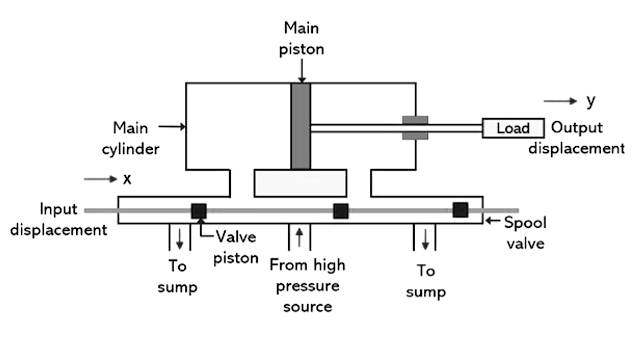What is tuning and Tuning Techniques
Tuning The wavelength tuning of the optical spectrum analyzer is controlled by the rotation of the diffraction grating. Each angle of the diffraction grating causes a corresponding wavelength of light to be focused directly at the center of the aperture. In order to sweep across a given span of wavelengths, the diffraction grating is rotated, with the initial and final wavelengths of the sweep determined by the initial and final angles. To provide accurate tuning, the diffraction-grating angle must be precisely controlled and very repeatable over time. Tuning Techniques Conventional optical spectrum analyzers use gear reduction systems to obtain the required angular resolution of the diffraction grating. To overcome problems associated with gear driven systems, Agilent Technologies optical spectrum analyzers have a direct-drive motor system which provides very good wavelength accuracy (1 nm), wavelength reproducibility and repeatability (0.005 nm), and fast tuning speed.





